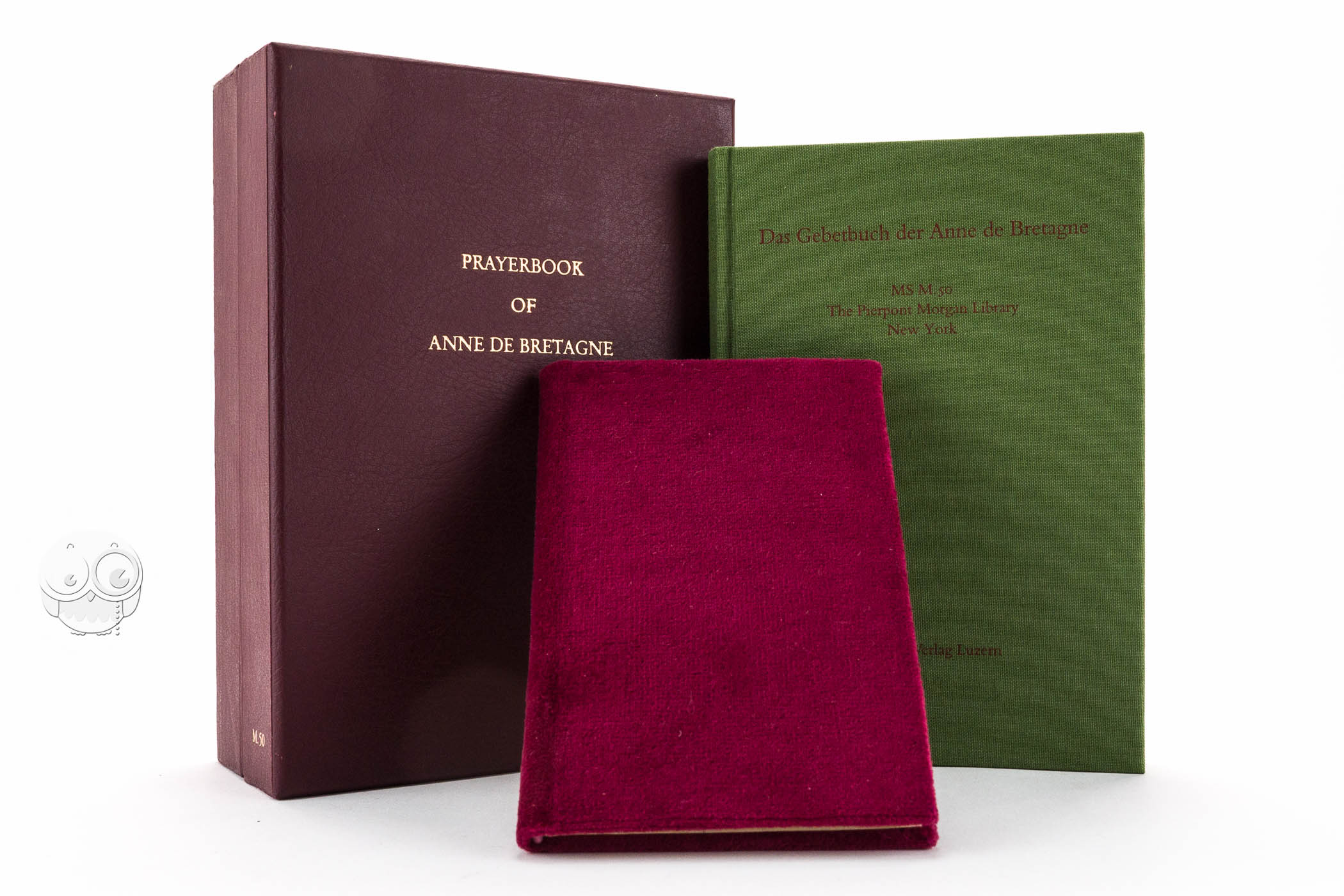

Employing Jungian, arts-based, and feminist perspectives through hermeneutical and transdisciplinary methods, it invites new perceptions to emerge by closely engaging with the images, voices, and insights evoked by these distinctive yet related artistic endeavors. To probe Jung’s perceived gap between art and nature, this study forms a conjunction between The Red Book and Charlotte Salomon’s multimedia artwork, Life? or Theater?. In the argument he declared that what he was doing was not art but nature.

Key words: liber novus, personal myth, apocatastasis, the dead, individuation, mandala, selfĪfter he began his confrontation with the unconscious, but before he started work in the red leather-bound volume regarded as The Red Book: Liber Novus, C.

Both Western and Eastern sources seem to have influenced Jung’s rendering of the image, as evidenced by his study of Zimmer’s Artistic Form and Yoga in the Sacred Images of India, the Shri-Chakra-Sambhara Tantra, and the fantasies of Kristine Mann. Image 169 suggests a pictorial formulation of Jung’s psychology and what I have termed as the apocatastasis of the dead. Jung’s experiences during this time period compelled him to consider the relationship between the living personality and the community of the dead. Between 19, Jung documented his fantasies in a series of black notebooks, which he later transcribed into Liber Novus: The Red Book. From the earliest moments of Jung’s childhood, he experienced elaborate fantasies, which culminated in his confrontation with the unconscious. Jung did not realize his personal myth until around 1930, which coincides with the probable year he began painting image 169. I also consider how image 169 may shed light on the meaning of Jung’s psychology and analyze the figures depicted in image 169. The purpose of this study is to explore the likely relationship between image 169 and Jung’s personal myth and his individual cosmology. This dissertation employs a hermeneutic methodology via deductive and imaginal approaches which chiefly rely on Liber Novus and Jung’s Collected Works to examine image 169 and critically situate the work in a hermeneutic framework.


 0 kommentar(er)
0 kommentar(er)
